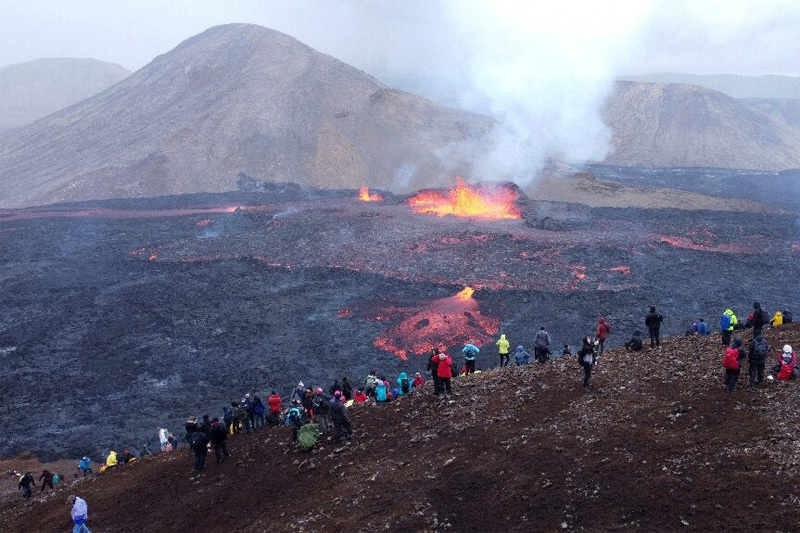
Earthquakes Are Jolting Iceland. Is It Safe To Visit The Paradise Now?
Sitting atop the Mid-Atlantic Ridge, Iceland is a hotbed for earthquakes and volcanoes. Regular seismic activity is a part of local life, with an average of 26,000 tremors recorded annually. Most of these are imperceptible to humans and Iceland’s architecture is built to resist the agitations.
Nonetheless, if you do feel an earthquake on your Iceland visit, it will usually be a minor one – implying a hardly noticeable and easily forgettable one. On average, volcanic eruptions occur every five years. Of the nation’s 130 volcanoes, 33 volcanic systems are considered active.
Keep Reading
Increased Seismic Activity Raises Alarm
On Friday, Iceland declared a state of emergency as quakes continue to shake its southwest corner, compelling evacuations, rupturing roadways and putting locals on high alert for an eruption. Experts suspect magma could emerge in or near Grindavík.
The Reykjanes Peninsula stretches 17 miles southwest of Reykjavík, the capital of Iceland. Since the peninsula is home to Keflavík International Airport (KEF), it is also where most visitors enter Iceland. If you are travelling in the country or visiting soon, here is all you need to know.
1. Is It Safe To Visit Iceland Now?
Majorly, yes. Increased seismic activity is currently localised in one part of the Peninsula, which affects the town of Grindavík, the Blue Lagoon and roads travelling to those areas. KEF continues to operate as usual, with the road connecting Reykjavik and the airport safe.
2. Will Travel Insurance Reimburse Me?
Possibly, yes. While travel insurance often covers earthquakes, volcanic eruptions and similar destructive forces, they work only if you purchase them before the disaster breaks out, and the events impose a direct impact on your trip. Read the fine print carefully.
3. What Precautions Should I Currently Take?
For reliable information and coverage of current seismic activity, visit safetravel.is. Ensure your cell phone is fully charged and operational. Follow local instructions and prepare accordingly. If you want to avoid volcanoes altogether, head to the Westfjords.




